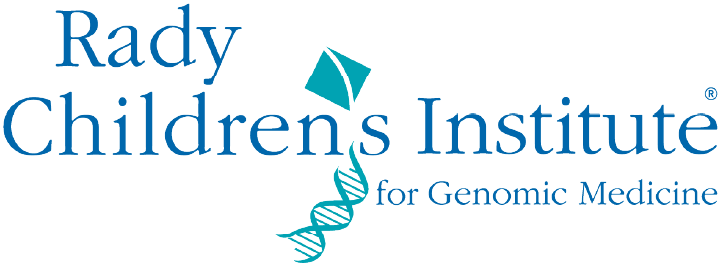Genetics in Medicine Open (2023), doi: https://doi.org/10.1016/j.gimo.2023.100823.
Abstract
Purpose: Modeling disease variants in animals is useful for drug discovery, understanding disease pathology, as well as classifying variants of uncertain significance (VUS) as pathogenic or benign.
Methods
Using Clustered Regularly Interspaced Short Palindromic Repeats (CRISPR), we performed a Whole-gene Humanized Animal Model (WHAM) procedure to replace the coding sequence of the animal model’s unc-18 ortholog with the coding sequence for the human STXBP1 gene. Next, we used CRISPR to introduce precise point variants in the WHAM-humanized STXBP1 locus from three clinical categories (benign, pathogenic, and VUS). 26 phenotypic features extracted from video recordings were used to train machine learning classifiers on 25 pathogenic and 32 benign variants.
Results
Using multiple models, we were able to obtain a diagnostic sensitivity near 0.9. Twenty-three VUS were also interrogated and 8 of 23 (34.8%) were observed to be functionally abnormal. Interestingly, unsupervised clustering identified two distinct subsets of known pathogenic variants with distinct phenotypic features; Both p.Tyr75Cys and p.Arg406Cys cluster away from other variants and show an increase in swim speed compared to hSTXBP1 worms. This leads to the hypothesis that the mechanism of disease for these two variants may differ from most STXBP1-mutated patients and may account for some of the clinical heterogeneity observed in the patient population

